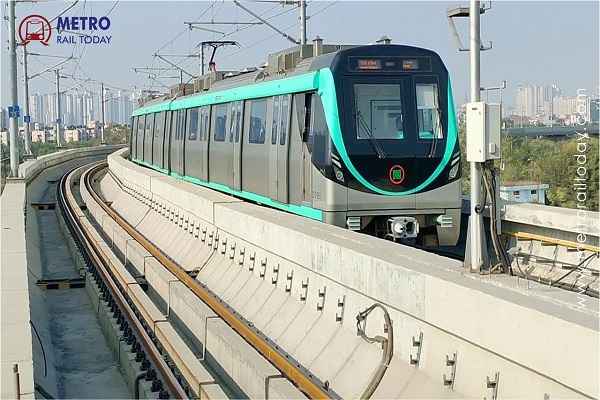 Ayesa India wins Design Consultancy Contract for Noida Metro Aqua Line Extension
Ayesa India wins Design Consultancy Contract for Noida Metro Aqua Line Extension Vossloh Cogifer bags Track Infrastructure Contract for Delhi Metro Phase 4 Corridors
Vossloh Cogifer bags Track Infrastructure Contract for Delhi Metro Phase 4 Corridors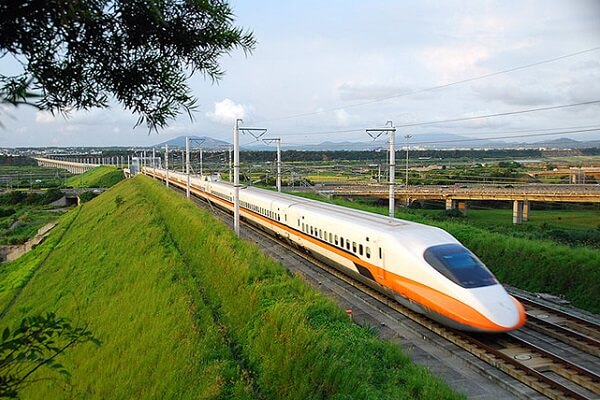 Railway finalised revised alignment for ₹16,000-crore Pune–Nashik Semi High-Speed Rail Corridor
Railway finalised revised alignment for ₹16,000-crore Pune–Nashik Semi High-Speed Rail Corridor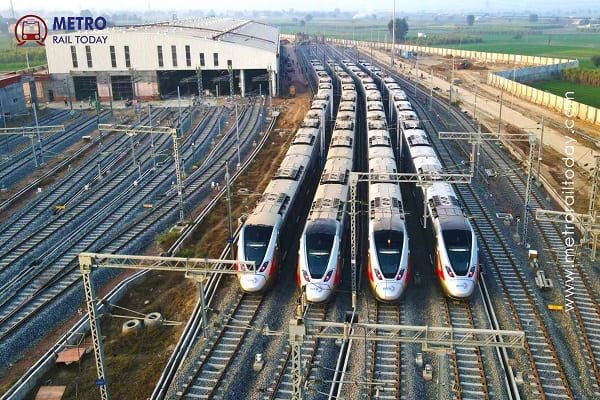 India’s First High-Speed, Signalling-Integrated CMV launched for Namo Bharat RRTS Corridor
India’s First High-Speed, Signalling-Integrated CMV launched for Namo Bharat RRTS Corridor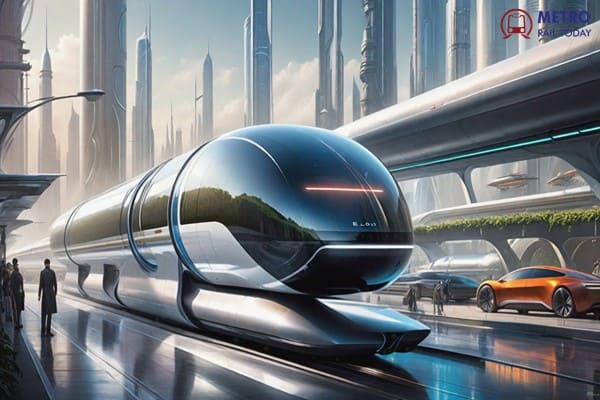 TuTr Hyperloop secures First-Ever Order from Deendayal Port Authority
TuTr Hyperloop secures First-Ever Order from Deendayal Port Authority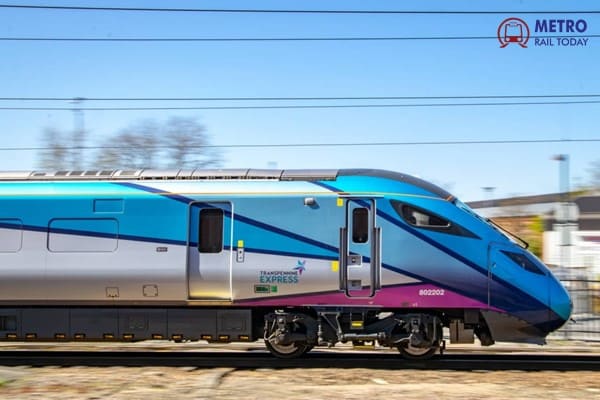 BEML bags ₹157 Crore Order from Loram Rail for Switch Rail Grinding Machines
BEML bags ₹157 Crore Order from Loram Rail for Switch Rail Grinding Machines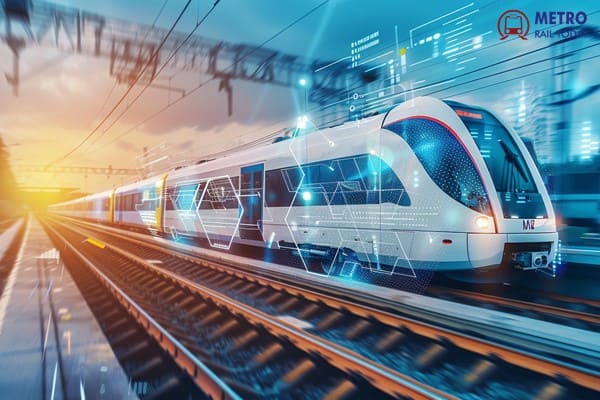 MxV Rail and KRRI forge Global Research Alliance to accelerate Next-Generation Rail Technologies
MxV Rail and KRRI forge Global Research Alliance to accelerate Next-Generation Rail Technologies Uttarakhand seeks Pre-Feasibility Study for Meerut-Haridwar-Rishikesh RRTS Corridor
Uttarakhand seeks Pre-Feasibility Study for Meerut-Haridwar-Rishikesh RRTS Corridor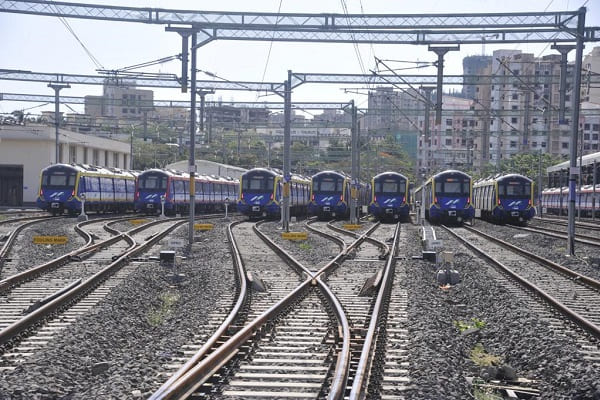 RIFTEK achieves major milestones in partnership with Indian Metro Rail Systems
RIFTEK achieves major milestones in partnership with Indian Metro Rail Systems Egypt all set to launch Alexandria Metro Phase 1 by 2026
Egypt all set to launch Alexandria Metro Phase 1 by 2026
How Ashwini Bhide’s vision shaped Mumbai Metro Line 3 and redefined Urban Mobility?

From a young girl who was "truly terrifying" of traveling on crowded local trains in 1985, to the dynamic force spearheading Mumbai’s biggest ever public transport project, Ashwini Bhide (55), IAS & Managing Director of the Mumbai Metro Rail Corporation (MMRC) and Additional Chief Secretary to the Chief Minister's Office (CMO), embodies the city’s profound transformation. Her journey from small-town life in Jaysingpur to masterminding the recently inaugurated Mumbai Metro's Aqua line (Metro-3), the city’s first fully underground public transit system, is a narrative of personal and civic evolution.
In a candid, freewheeling interview with Metro Rail Today, the veteran IAS officer spoke about her deep-rooted connection with the 'City of Dreams' and the relentless battle required to deliver a project that is now changing the face of urban mobility. Bhide’s vision extends beyond tracks and tunnels; it’s about creating a future-ready Mumbai that is accessible, efficient, and globally comparable.
The Triumph of the Aqua Line: A Decade-Long Vision Realised
The Metro-3, or the Aqua line, has quickly become the talk of the town, connecting the extremes of the island city and promising to alleviate the crushing burden on Mumbai’s historical suburban rail network. For Ashwini Bhide, who championed the project through years of controversy and court battles, seeing the line operational is a profound personal victory.
“I am very happy. In fact, I travelled on Metro-3 earlier this week from Chhatrapati Shivaji Maharaj Terminus (CSMT), which is closest to my house, to the Science Centre and back,” Bhide shared. Her experience as a regular commuter confirmed her belief in the line’s transformative power. “I saw the ease with which people were travelling – from senior citizens, to pregnant women and children. Even people from rural areas were using the service effortlessly. There was happiness on everyone’s faces.”
This joy is the culmination of immense effort. She acknowledges the scale of the achievement, stating simply, “Our decade-long hard work paid off. This metro line is a valuable addition to Mumbai’s overall transport infrastructure.”
Bridging Eras: CSMT's Past Meets the Future of Transit
One of the most symbolic achievements of the Aqua Line is its connection to the Chhatrapati Shivaji Maharaj Terminus (CSMT), the magnificent UNESCO World Heritage Site built in 1888. This intersection of the old and the new Mumbai public transit systems is a powerful metaphor for the city’s progress.
"CSMT, without a doubt, is symbolic – the building is an inspiration of how structures are built mindfully to sustain over a period of time – which is over a century old," Bhide notes. She sees the Metro-3 as a worthy modern companion to this historical edifice. “Now, we have built something that is comparable to the old edifice; it should serve people with the same intensity. People now have a railway system available to carry them beyond CSMT and Churchgate stations.” The new line acts as a crucial feeder and expansion of the rail system into areas of South Mumbai previously underserved or solely reliant on the overburdened local network.
The Aarey Controversy and the Virtue of the Underground Corridor
The journey to commissioning the Aqua Line was far from smooth, marked most notably by vocal opposition from environmentalists and a section of Mumbaikars over the chosen location for the car depot in Aarey Colony. Bhide, who stood firm through the controversy, insists the decision was rooted in sound engineering and long-term public interest.
The turnaround in public perception, from vociferous opposition to growing ridership, was “expected,” she asserts. The key lay in the engineering logic. “There is a reason why we insisted on the car depot for this line in Aarey; anyone who understands engineering and transport would have agreed.” She explained that shifting the depot would have only been feasible with an extended corridor, violating the principle of an “optimum length” for a single-stretch metro line.
Her conviction was unshakeable: “We knew at the time that people would eventually understand the virtue of the underground corridor. Hence, I kept my fight on. This was a transformative and crucial project for Mumbai, which requires you to stay invested.” Emphasising her forward-thinking approach, she added, “At the time I put myself in the shoes of people who would benefit from the line 20 or 30 years later.” This corridor, she predicts, has the “potential to carry 17 lakh passengers every day,” a massive leap towards sustainable urban mobility.
The Blueprint of Connectivity: Patankar’s Past Vision
Bhide’s project wasn't built in an infrastructural vacuum. The need for an underground metro was envisioned decades ago. She acknowledges a historical parallel in the plans drafted by engineer P.G. Patankar in the 1950s-’60s.
“This underground corridor is partly similar to what was proposed for Mumbai back in the 1960s,” Bhide confirms, noting the original plan stretched from south Mumbai to Bandra. While the idea was prescient, the massive cost of '₹4 crore per kilometer' proved too high for the era, particularly when the city was already served by a “very robust and efficient suburban trains” system. The current Metro-3 plan is designed to complement, or "marry," the suburban rail system, aiming for seamless intermodal transport.
The Tectonic Shift in Mumbai’s Mobility Landscape
The new Metro network is set to fundamentally redraw the map of Mumbai’s commute. With approximately 100 kms of the Metro network (including Lines 1, 2A, 3, 7, and Monorail) currently operational and carrying about 1 million passengers, the stage is set for a tectonic shift.
Bhide projects a monumental change: “By 2035-40 we will see a gradual shift when the Metro rail corridors are fully operational by the time we can expect the ridership to touch 10 million while suburban trains will drop to 5 million.” This is not just a transportation upgrade; it is a profound rebalancing of the city’s lifelines, moving away from an overburdened, colonial-era system to a modern, integrated network.
Infrastructure Renaissance: Mumbai, a Global Growth Leader
Mumbai is no longer defined solely by Bollywood, the underworld, or politics; it is increasingly defined by massive, multi-crore infrastructure projects. The city's current pace of development is a rare sight globally.
“Most of the cities in the western countries and some Asian countries have matured. They added this kind of infrastructure in the 19th and 20th centuries,” Bhide observes. This places Mumbai on a select list of rapidly transforming global centres. “So in the modern times I do not think any other city is focusing so much on infrastructure as Mumbai, which is second only to China perhaps.” The scale of the Metro-3 alone is staggering: “We have created 5 lakh square meters of space under Mumbai through tunnels and stations of Metro-3.”
From Terrified Commuter to Transformational Leader
Bhide’s personal evolution mirrors Mumbai’s own journey. Her first visit to Bombay in 1985 as a young girl from a small town in Kolhapur district was intimidating. “Up until then we had only heard about Mumbai as a big and scary city. We stayed at my uncle’s place in Dombivali; and the ride from there to the city by a local train was truly terrifying.” The initial impression was so strong that she “could not imagine travelling in a crowded train or ever returning to Mumbai.”
Her relationship with the city deepened through her UPSC preparation in the mid-90s, where she explored the city using multi-mode transport—buses and trains—and embraced its cultural festivals. This foundational experience, however uncomfortable, laid the groundwork for her future work.
Her subsequent postings, especially her struggles with long commutes and poor accommodation, directly informed her passion for infrastructure. “All these experiences may have had a bearing in the work I went on to do on Mumbai’s transport infrastructure. Never could I imagine that I would get such a potential position.”
The MMRDA Years: A Crucible of Confidence
A pivotal period in her career was her stint at the Mumbai Metropolitan Development Authority (MMRDA) starting in 2008. This was a time of intense learning, culminating in an unshakeable belief in the power of infrastructure.
She highlights the significance of the Bandra Worli Sea Link (BWSL), which opened in 2009. “That was like a breath of fresh air, and demonstrated the difference good infrastructure and connectivity can make in our lives.” The years at MMRDA involved grappling with the city’s core problems: east-west connectivity, traffic management, rehabilitation, and inter-agency coordination. “Those years infused in me the confidence that no project was impossible.”
The city, she notes, has seen successive waves of infrastructure upgrades: the expressways, flyovers (Milan ROB, Barfiwala, Ambedkar), the Sahar elevated road, and the Eastern freeway. Her involvement even extended to the initial work on the Coastal Road during her time at the BMC.
The Road Ahead: A Vision for a New Maharashtra
Looking to the future, Bhide confirms that the momentum of infrastructure development shows no sign of slowing down. Her focus remains on completing the Metro network, with Line 11 on the cards, while simultaneously overseeing crucial projects from the Chief Minister’s Office (CMO).
The government’s ambitious slate includes the Coastal Road north, the Worli-Sewri connector, the Orange Gate tunnel, and the Thane-Mulund tunnel, all designed to ease traffic congestion immensely. Beyond the city, the creation of a 'third and fourth Mumbai,' the new airport, and the game-changing Vadhawan port are transforming the entire state. “I continue to see Mumbai transforming in front of me,” she says.
This proactive approach has fundamentally changed the city's relationship with big-ticket projects. “Definitely. People and agencies are not shy of big projects any more, funding can be arranged, which were big constraints then.”
Ultimately, the true catalyst for change remains the Metro network: “But the main transformation of Mumbai will be brought by the completion of the entire metro system, which will take another four to five years. That will make all the difference.”
Ashwini Bhide’s journey is a powerful testament to the enduring spirit of Mumbai—a city constantly in motion, evolving, and building its future, brick by concrete segment, deep beneath the surface. Her perseverance has delivered a dream that was decades in the making, cementing her legacy as one of the key architects of the modern, mobile Mumbai.




